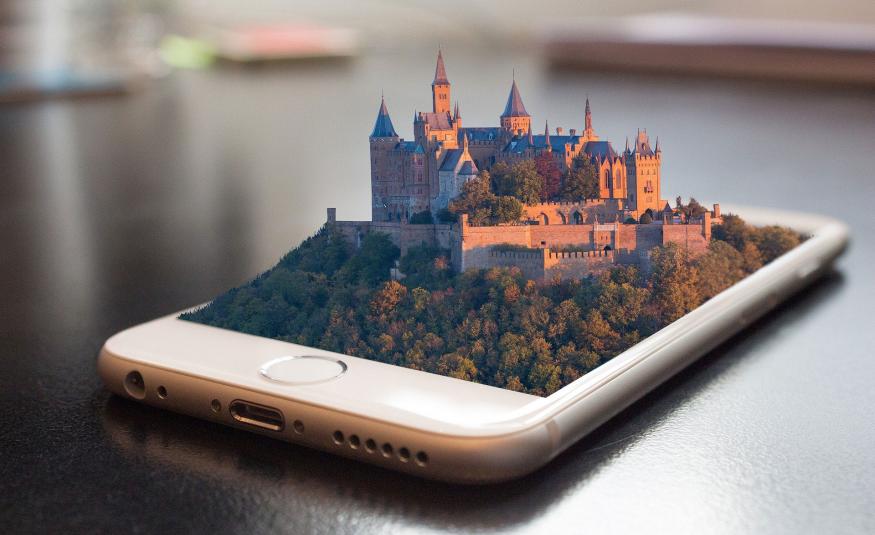Jason Anderson, Digital Director at agency Avantgarde London, looks to the future and wonders if the screen paradigm might be on the way out.
From the minute we wake up, to when we go to bed, our lives are filled with screens.
Whether it’s your work laptop, your Kindle on the train or your Apple watch tracking your daily steps, they’re everywhere. Yet, they are almost invisible – nowadays consumers can be faced with a screen but won’t necessarily remember it.
By themselves, screens are no longer sufficient within experiences. They don’t stand out enough or inspire engagement, meaning conveying a brands’ message or purpose can be affected. Alongside this, and the increase of voice interfaces, screens are encountering the worry of becoming outdated and simply old news.
With consumers regularly drowning in brand messaging, the question is: how should they re-establish their relationship with screens in a hyper connected, multi-interfaced environment?
It’s clear consumers like the option of being more connected, but also enjoy being able to turn away from screens when desired. To really grasp consumer attention, the content provided by a brand must encourage imagination, discovery and meaningful communication, whilst being dynamic within the connected space. Failing this, consumers will simply switch off.
“Content that lacks a message or story is just noise.”
That being said, if screens are used in both a purposeful and considered way, they can work to become part of an engaging story. When user experience does well, it’s because of the creation of unforgettable, significant and relatable touchpoints throughout a journey. And screens can play their part in this. Think about the bigger picture and how screens can work within this, as opposed to stand alone activations.
Consumers must want to interact with screens of their own accord, and there needs to be a reason (or incentive if you like) for doing so; for example, receiving a prize or being the bridge for the next part of the customer journey. The outcomes of the interaction should then be sharable and entertaining and most importantly, make sense when fitting into the full story being told.
An example of this in action is the European Motor shows for Honda. With plentiful screens across the stand, there was no shortage of screen space. Yet we crafted a multi-level story that was boosted by a tightly integrated mobile website – connecting the physical stand elements to the digital realm.
The phrase “content is king” does, of course, still ring true. However, content that lacks a message or story is just noise, something which consumers will not engage with or enjoy. That’s why creating experiential led by a story is vital. The content can then become the characters within the story and the technology is how those characters converse.
As consumer expectations alter and develop, and technology grows from strength to strength, what will happen to the role of the screen? Will it continue to play a part? Of course, no one knows a solid answer. But we can presume that screens will continue to play a leading role in experiential solutions, however their specific role will change in line with the modern world. For example, as voice-based interfaces become more apparent, screens won’t be able to answer every issue, inevitably leading to difficult situations. Such as, where voice interfaces dominate, there becomes less place for a visual brand or audio brand, meaning a physical way to experience the brand becomes even more critical.
At Avantgarde, we are conscious that visual screens need to perform in conjunction with our other senses. Think AR, VR, creative holographic projection systems and screen-based interfaces (changing through the evolution of chatbots). Through these we can become actively involved in crafting user experiences that touch all our senses.
Brand experiences need to evoke all these senses in a way that creates something unexpected. This can be achieved via developing stories that introduce the most effective technology. This technology is transforming and diversifying all the time, with increasing opportunities for generating significant and memorable moments.





